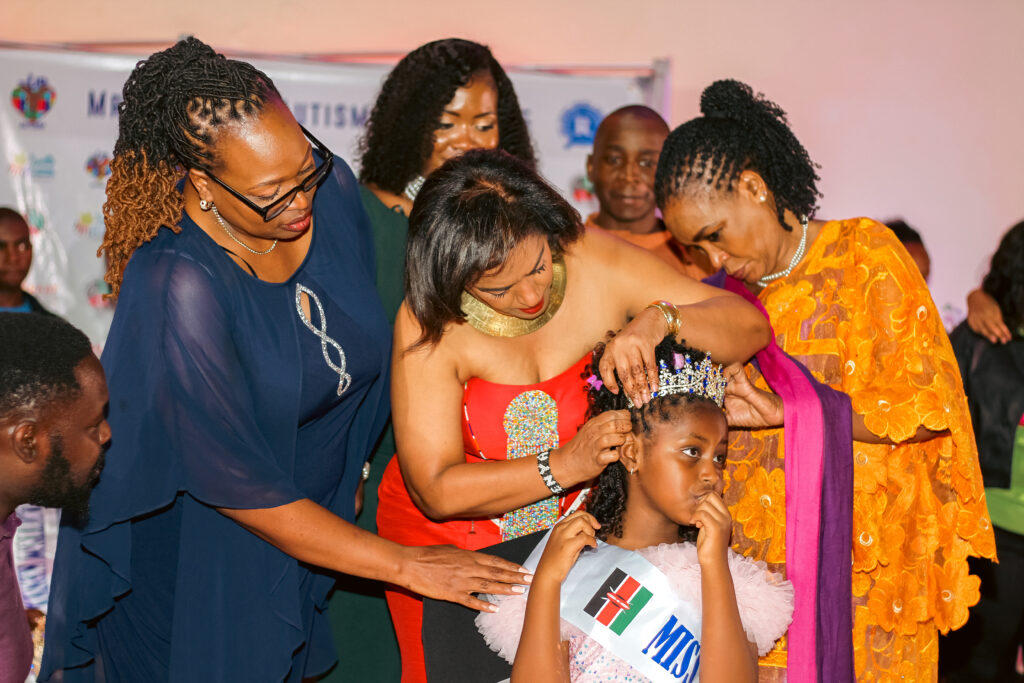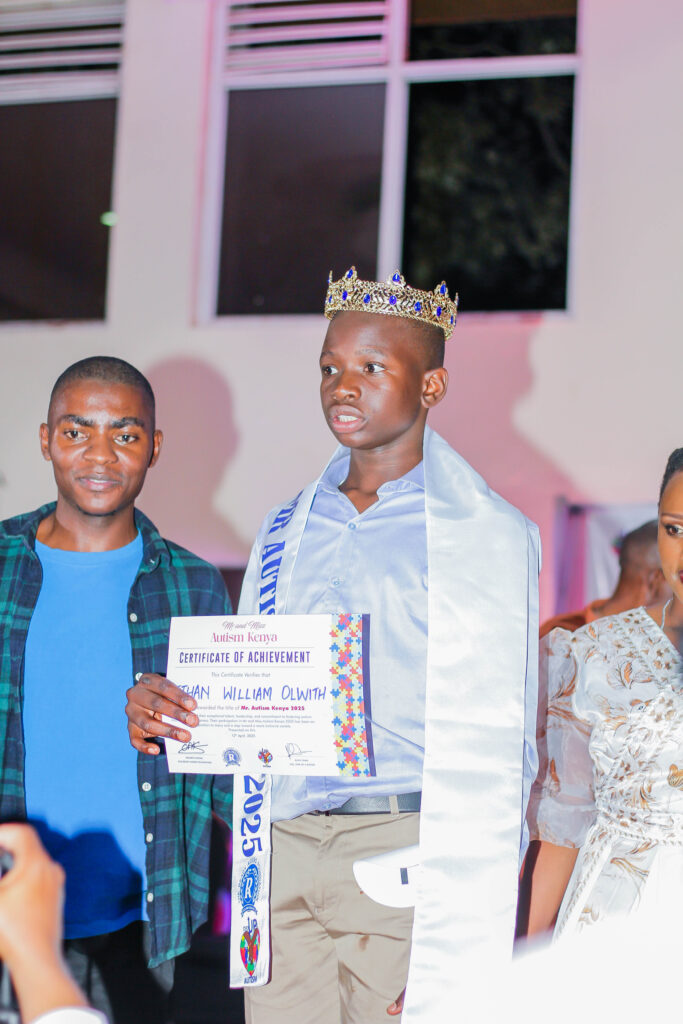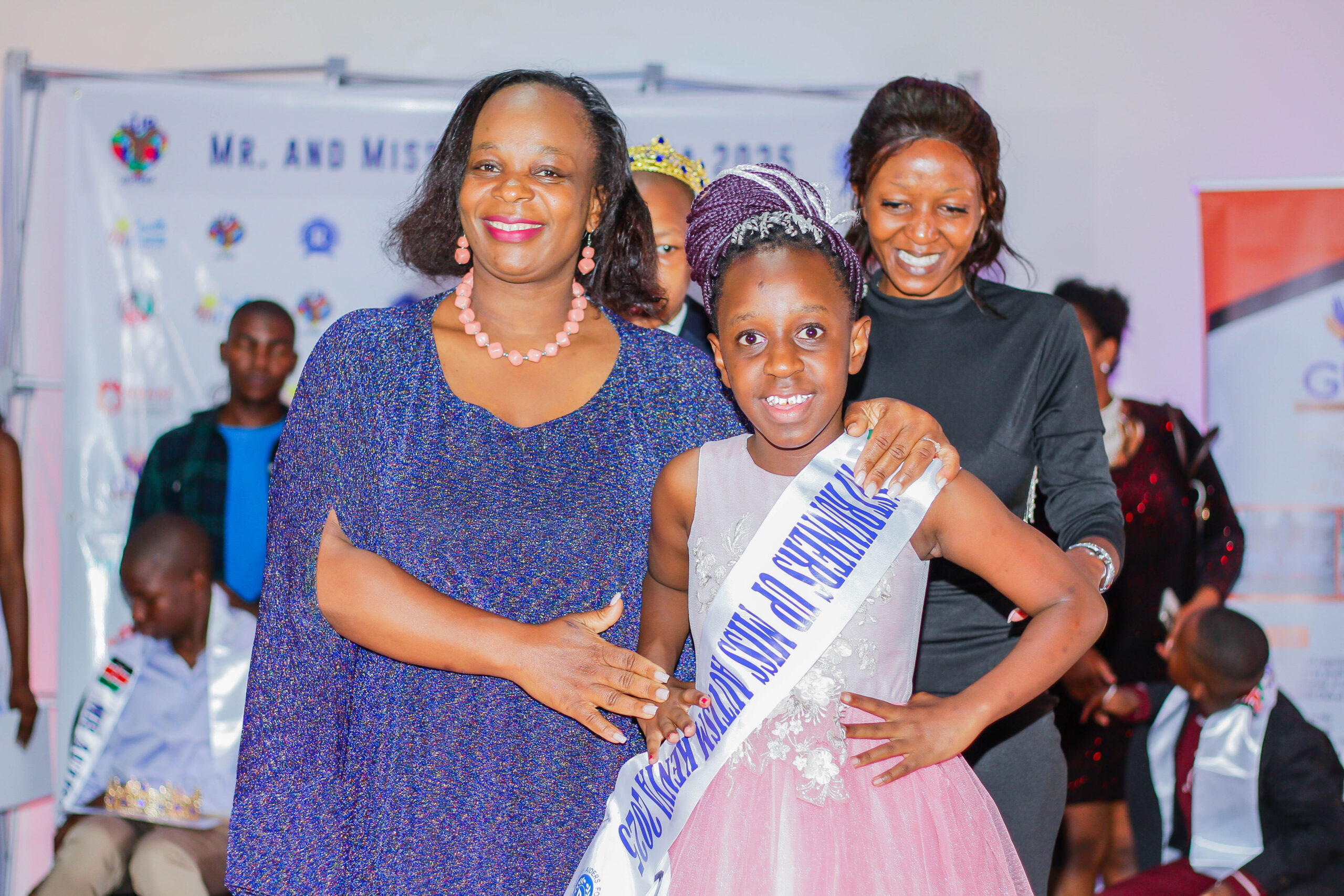Ready Aiders Foundation believes healing happens in many ways ; through therapy, advocacy, and sometimes the simple act of planting a tree. Through their CleanPlate Nutrition and Therapy Project, the foundation provides free therapy to neurodivergent children, nourishing both body and mind. But their work doesn’t stop there they celebrate their talents and voices. In 2017, they created the Mr. & Ms. Autism Kenya pageant.
Today, those very title holders both past and present Autism Champions, are stepping into a new spotlight: climate action. This October 10th (Mazingira Day), they’ll lead the Autism Champions for Climate tree-planting event at Kestrel Manor School, proving that inclusion and sustainability grow side by side. Green Climate Network engaged with Vanessa Karabai- Director Partnerships who spearheads the program, Mr and Ms Autism Kenya Ready Aiders Foundation for a one on one interview on this inspiring initiative:
1.What is Miss Autism, and what inspired its creation?
Mr. and Ms. Autism Kenya is a joyful annual showcase where autistic individuals share their gifts and stories. It began to flip the script celebrating ability, breaking stigma, and reminding Kenya that difference is something to cheer

2.Why link autism inclusion with climate advocacy?
Autism inclusion and climate action share a heartbeat: a fight for a fairer, greener world. Bringing them together proves real change happens when every voice including the unexpected ones is heard.
3. How does “double marginalisation” affect autistic youth in climate action?
Autistic youth often get sidelined twice – first for being neurodivergent, then for being young. That double barrier keeps brilliant ideas out of climate conversations that desperately need fresh thinking.
4.How does Autism Champions for Climate help autistic youth become climate leaders?
Autism Champions for Climate hands autistic youth the mic and the shovel. Through mentorship and action, they lead tree-planting drives and advocacy campaigns, showing that different perspectives grow stronger solutions.

5. Why do you include caregivers, and what impact has it made?
Caregivers are the quiet engines of this movement. Their support steadies nerves, sparks courage, and turns good intentions into unforgettable moments on stage and in the soil.
6. How have schools and communities reacted to autistic youth leading climate projects?
Schools and communities are leaning in with curiosity and pride, watching autistic youth plant trees and rewrite what leadership looks like one sapling and one stereotype at a time.
7. What positive changes have you seen since launching the project?
Confidence is blooming alongside the trees. More autistic youth now lead projects, speak publicly, and prove inclusion isn’t charity. It’s how real environmental wins take root.

8. What role do you see autistic youth playing in Kenya’s climate future?
Kenya’s climate future needs every kind of mind. Autistic youth are poised to be innovators, educators, and fearless advocates who keep both people and planet thriving.





